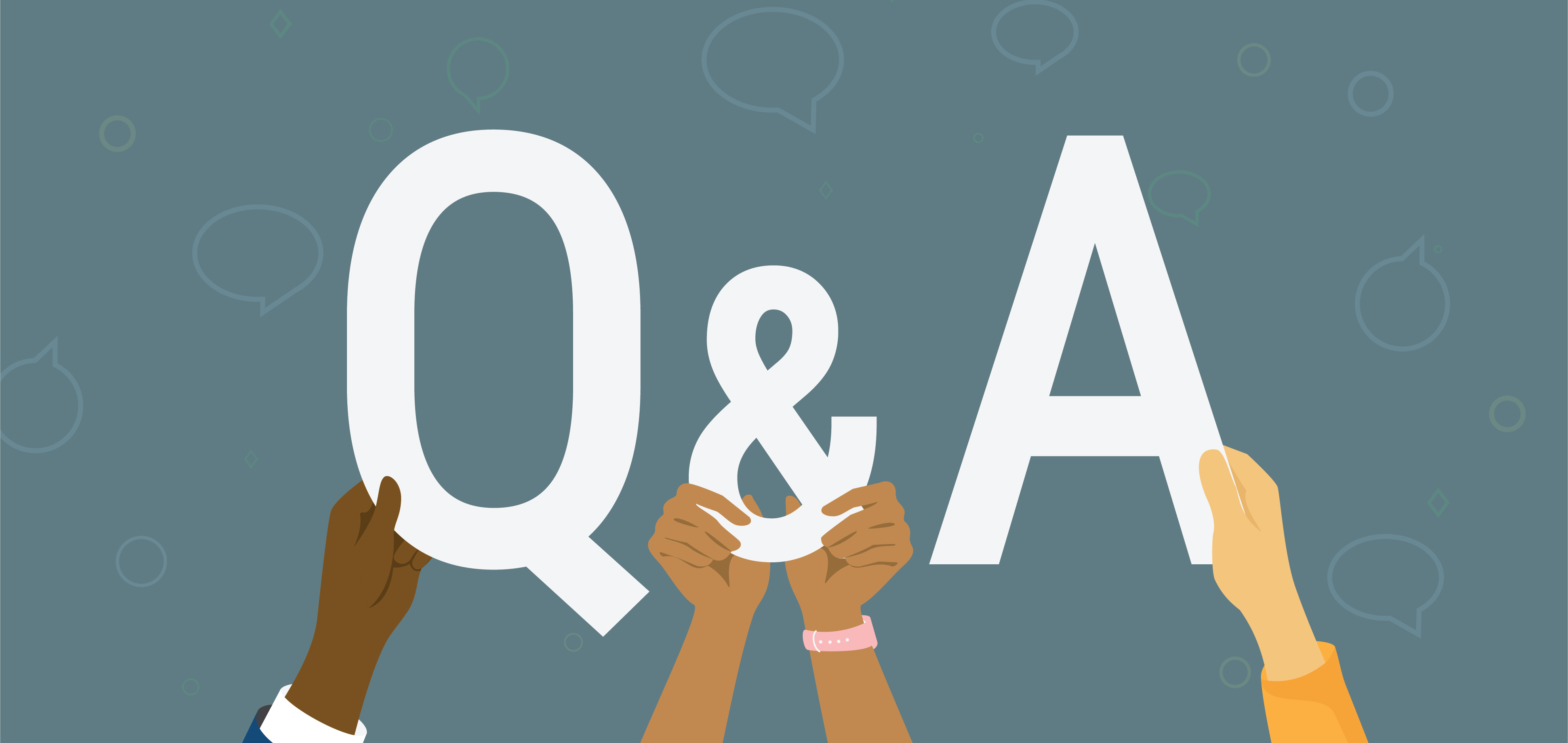Creating a website or digital tool that works for all users isn’t just about checking boxes. It’s the right thing to do, for both your internal and external audiences. Making your site truly accessible ensures everyone can use your digital properties to find the information they need or complete tasks. But what steps do you need to take to make true accessibility a reality?

We worked with the Cincinnati Art Museum to conduct an accessibility audit of their website. Part of our audit included usability testing with people who have disabilities at Clovernook Center for the Blind and Visually Impaired and Visionaries + Voices.
The experience was tremendously educational for our UX designers and developers as we continue to create digital experiences that are accessible to everyone. Our team members Ashley, Krista and Mike sat down to answer some questions about what they learned.
Usability testing questions and answers:
Q. Why did you ask test people with disabilities to test the website?
A. We wanted to understand what struggles and frustrations people have with the current website design. In order to really understand accessibility issues, it's best to observe real users interacting with your website. And because everyone is unique and uses the internet in a different way, we wanted to include as many different people as we could. Our tests included people who are blind or low vision, people with manual dexterity limitations and people with differing levels of cognition.
Q. Did you change your approach for testing a website with users of varied disabilities?
A. Most user tests we conduct are unmoderated and online, using platforms built for that purpose. This means the participant does the test by themselves, with no guidance. These tests are great because they allow you to get results quickly, efficiently and they’re usually less expensive. But in this case, we conducted moderated in-person tests because they allow for guidance and support. Moderated tests allow flexibility to improvise during a test – like asking clarifying questions to understand why a participant did something – and they also give you the opportunity to clarify things for participants if they misunderstand or get confused.
But otherwise, we created a list of user tasks just like we normally would – considering the common tasks any user might come to the site to complete like finding museum hours, locating contact information and buying tickets online. Some participants struggled with tasks more than others. Running moderated tests allowed us to aid participants if the difficulty wasn’t tied specifically to a user experience issue.
We always encourage participants to use a device they are comfortable with. In this case, we also encouraged people to bring their own devices so participants would be familiar with it and any assistive technology they typically use.
Q. Did all users complete the same tasks?
A. No, and that’s the great thing about moderated tests. If more than one user struggled with a task, we could modify it. If a task presented a clear usability issue quickly, we documented it and began prioritizing other tasks. Also, some tasks just took some participants longer to complete. When that was the case, we were able to prioritize tasks to make sure we obtained all the data we needed.
The primary goal is always observing actual users interacting with the site and understanding where we could improve the user experience for people with varying disabilities. And this flexibility really allowed us to do this.
Q. What did you learn by testing with people with different disabilities?
A. We already knew that users adapt and find unique ways of browsing on devices based on their own abilities, but the diversity of these adaptations was eye-opening.
In one test group we had a participant who did not read and relied completely on Siri to find answers to the tasks. His ability to word questions correctly for Siri was remarkable, and he was able to complete several tasks this way. We never expected this and it taught us the importance of building your site for voice search.
The tests reinforced the importance of consistency. For example, if you have clickable thumbnails on your website, all images that size should be clickable, not just some. And we were also reminded of the importance of never making assumptions. While many people understand that a logo in the upper left-hand corner of a website is used as a way to get back to the homepage, not everyone does. Having an explicit "Home" link is important to some user groups.
Q. What will you remember about usability testing for next time?
A. Three key things to remember when conducting user testing with people with disabilities are:
- Encourage participants to bring their own devices whenever possible.
- Remember to be flexible in our task approach. The tasks themselves are less important than observing the interaction with the website.
- Make sure to take ample notes and record the screen interactions in real time so that you can go back afterwards and review them.
Q. Would you encourage other UX designers to do the same?
A. Absolutely! We learned to identify the differences and challenges people have while interacting with a website. Many features that we take for granted such as a mobile navigation or an accordion menu can cause a lot of frustration. It was really eye-opening and further stressed the importance of accessibility.
Accessible Websites Benefit All Users
Taking the time to create truly accessible websites benefits every user, regardless of their abilities. As the Q&A above demonstrated, usability testing not only helps to uncover ways to make your site work better for people with disabilities, but for your entire user base. Many of these discoveries informed holistic changes to the site, leading to a better user experience for everyone.
Learn more about our work with the Cincinnati Art Museum and how we kept accessibility a priority throughout their website redesign, read the full case study.